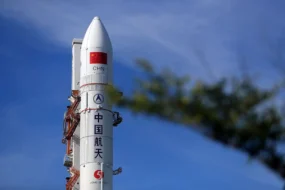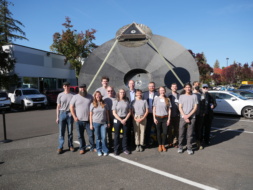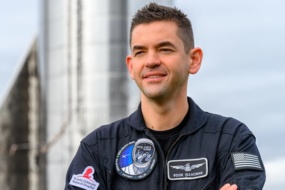Space CEOs outlined how their tech would help the US explore Mars amid the Trump administration’s focus on the Red Planet during remarks at the Commercial Space Conference on Wednesday in DC.
Dual use: Blue Origin is developing its Blue Moon lander to reach the lunar surface—but CEO Dave Limp said Blue Moon could become Blue Mars pretty easily. Everything from engines to the tech to refuel in orbit could be reused for a crewed or cargo mission to Mars, Limp said.
“We’d have to modify things. If you think about a transit to Mars, it’s a much longer journey,” he said. “But I think modifying some of these systems is not as heavy a lift as some people think.”
Test bed: Max Haot, the CEO of Vast, also highlighted the critical role that LEO plays in the bid to get to Mars, saying that commercial space stations could be a critical testing ground for programs such as spacesuits and life support systems, as well as training astronauts for long-duration space missions.
“It’s 10 to 100 times cheaper to do it in LEO than to do it on the Moon or Mars,” he said. “We think if all we had is a focus on Mars, we still need…a low Earth orbit destination as a training ground and as a development platform.”
Pivot? President Donald Trump got the space world talking when he mentioned “launching American astronauts to plant the stars and stripes on the planet Mars” in his inaugural address last month—especially since senior government advisor and SpaceX CEO Elon Musk has always had his eyes set on Mars.
It’s still an open question whether the Trump administration will pivot away from the Artemis lunar program to prioritize Mars (though they’re likely to face some pushback from lawmakers if they try to do so). Still, many in the space community agree that the Moon is a critical stop on the journey to Mars to prove out technology and learn how humans can operate off Earth while also being much closer to home should something go wrong.




